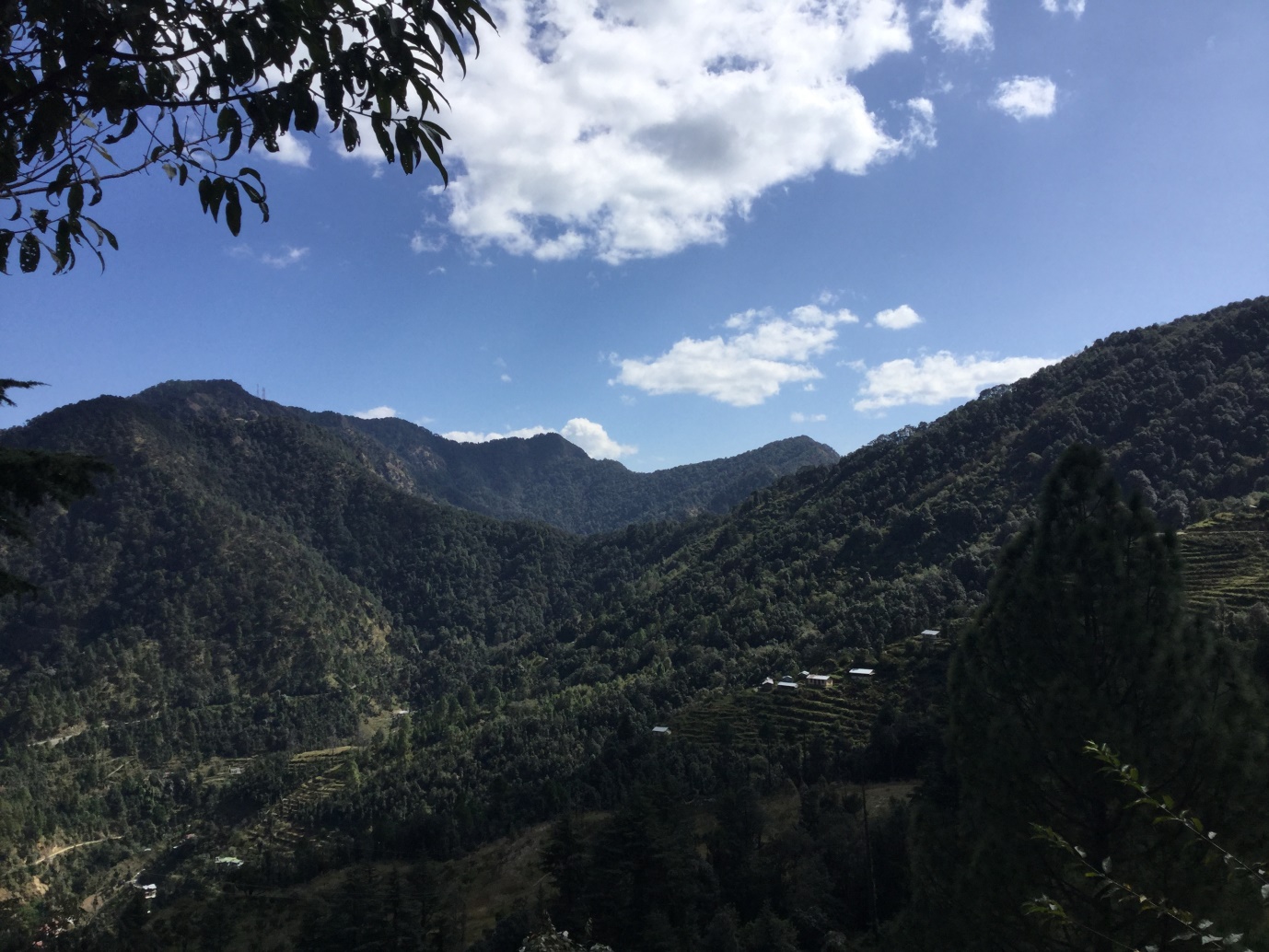Several distressing reports of justice being denied to displaced and evicted people have been received from time to time. Sometimes those who have been promised satisfactory compensation and rehabilitation have to wait endlessly for years for this. In this context the strong action taken recently by a District Court for providing speedy justice has proved very effective in Himachal Pradesh and deserves to be more widely known.
The Renukajee Dam Project is a widely publicized dam project of Himachal Pradesh. Nearly 1142 families face displacement due to this. As reported several of them including people of Deed Bagar village have not received their compensation amounting to around Rs. 420 million and the issue of their dues has been pending for a long time. Finally the distressed people went to court to obtain justice.
As reported in a leading newspaper Amar Ujala in early December the District and Sessions Judge of Sirmaur issued important directions for attaching the property of the dam management so that the pending compensation payment of dam evictees can be made from this. As a step in this direction information regarding all this property was sought by the court.
Subsequently the same newspaper reported two days later on December 4 that soon after these court orders came the dam management has issued instructions to the land acquisition officer of the dam project to clear the entire pending dues of these evicted persons within 15 days. This has brought cheer among evictees at a time when people displaced by several development projects have been waiting for a very long time for justice. People feel that very strong and determined action by judiciary for ensuring justice to them can give quick results.
When it comes to justice being denied to dam evictees, the case of Pong dam evictees in Himachal Pradesh is an extreme case of very long delays and justice delayed becoming justice denied. It was over 50 years back that over 20,000 families living in villages of Kangra region were asked to leave their beautiful settlements to make way for Pong Dam constructed on Beas river in Himachal Pradesh. The land here was so fertile that it produced bountiful diverse crops without using any chemical fertilizers and pesticides. So people were very, very reluctant to leave their villages.
What made their predicament worse was that resettlement offered to them was in distant Rajasthan. A lot of promises were made that they will get irrigated land and all facilities. Finally they left, sadly and slowly. 50 years have passed and the second generation of the displaced people is still struggling for rehabilitation!
A note issued by them last year explained that 20,772 families were displaced while only 16,352 were found eligible for the allotment of land. However only about 5000 had been rehabilitated properly till date.
This data is slightly different in some other reports but what is common in most of the reports on the plight of these displaced people is that a very significant percentage of them have not been rehabilitated yet.
Although the original idea was that the irrigation water of the canals of this project will bring under cultivation land in Ganganagar region of Rajasthan which will be given to these displaced families. However with the availability of water land values shot up and there were encroachments by powerful persons. In these conditions it was difficult for newcomers from hilly areas to occupy and cultivate land. Several of them were reduced to merely complaining about encroachments, while others were allotted land instead in the more remote desert areas of Jaisalmer which were devoid of the most basic facilities. What is more how could people used to the cold weather of Himachal Pradesh survive in the extreme heat of the Thar desert? The net result was that many families were unable to settle down at new places or to cultivate the land allotted to them or both.
This situation in turn led to prolonged legal cases and one can imagine to what extent those who had been evicted from their land and livelihoods could fight legal cases. After some time this took the form of a Himachal versus Rajasthan dispute as Rajasthan was alleged to have not fulfilled its part of the dam and canal related agreement in terms of satisfactory rehabilitation of people. Another strong view emerged that if the Rajasthan government is unable to settle the displaced households in a satisfactory way, then it should pay the costs of the satisfactory rehabilitation within Himachal. News of committee meetings and legal cases still appear from time to time even though over five decades have passed since the people were displaced. Ideally satisfactory rehabilitation should have been completed in about five years at the most.
What is even more surprising is that as per news appearing from time to time, even the satisfactory rehabilitation of the people displaced by the most publicized Bhakra Dam project has not been completed yet, even though this displacement took place a few years before the Pong dam displacement.
More recently several people who have lost land to highway projects have been petitioning the authorities repeatedly that they have not received justice. Others complain that while they got compensation for the land which was taken up directly, they also lost a lot of land due to heavy construction activities which resulted in landslides and for this they did not get compensation. Those forced to live in insecure conditions as a result of this demand satisfactory rehabilitation.
For these people and others like them the strong judicial action to help Renukajee Project displaced people has come as a ray of hope that strong judicial action can also come to their help.
Bharat Dogra is Honorary Convener, Campaign to Save Earth Now. His recent books include Man over Machine, A Day in 2071 and India’s Quest for Sustainable Farming and Healthy Food.














